In many ways, the Ant-Man movies feel like the statistical mean of the Marvel Cinematic Universe (MCU). They are the films in the larger franchise that have the least individual identity, and so they serve as the purest distillation of the production machine that drives the shared universe.
There are two elements that make the Ant-Man movies so interesting as a case study in this larger comic book shared universe. The first is that they lack a clear author and creative vision, largely due to their storied production. The second is that they largely ignore the history and continuity of the comic book character on which they are based, effectively reinventing the mythology from the ground up. The result is something of a tabula rasa within the largest media franchise in the world.
The idea of an Ant-Man film predates the MCU. Artisan Entertainment announced plans for a movie in 2000, the same year Bryan Singer’s X-Men came out. British director Edgar Wright was attached to the project and would carry over into the MCU slate. During the early stages of the shared universe, there were even hopes that Wright’s take on the character could appear in The Avengers, although there were also rumors that Pixar was working on a movie based on the character.
Wright would eventually part ways with Marvel Studios, citing his belief that he could not make the movie that he wanted to make. Asked about his decision to depart the project, Wright explained, “The most diplomatic answer is I wanted to make a Marvel movie but I don’t think they really wanted to make an Edgar Wright movie.” The studio would face similar director issues with Patty Jenkins on the Thor sequel and Joss Whedon on Avengers: Age of Ultron.
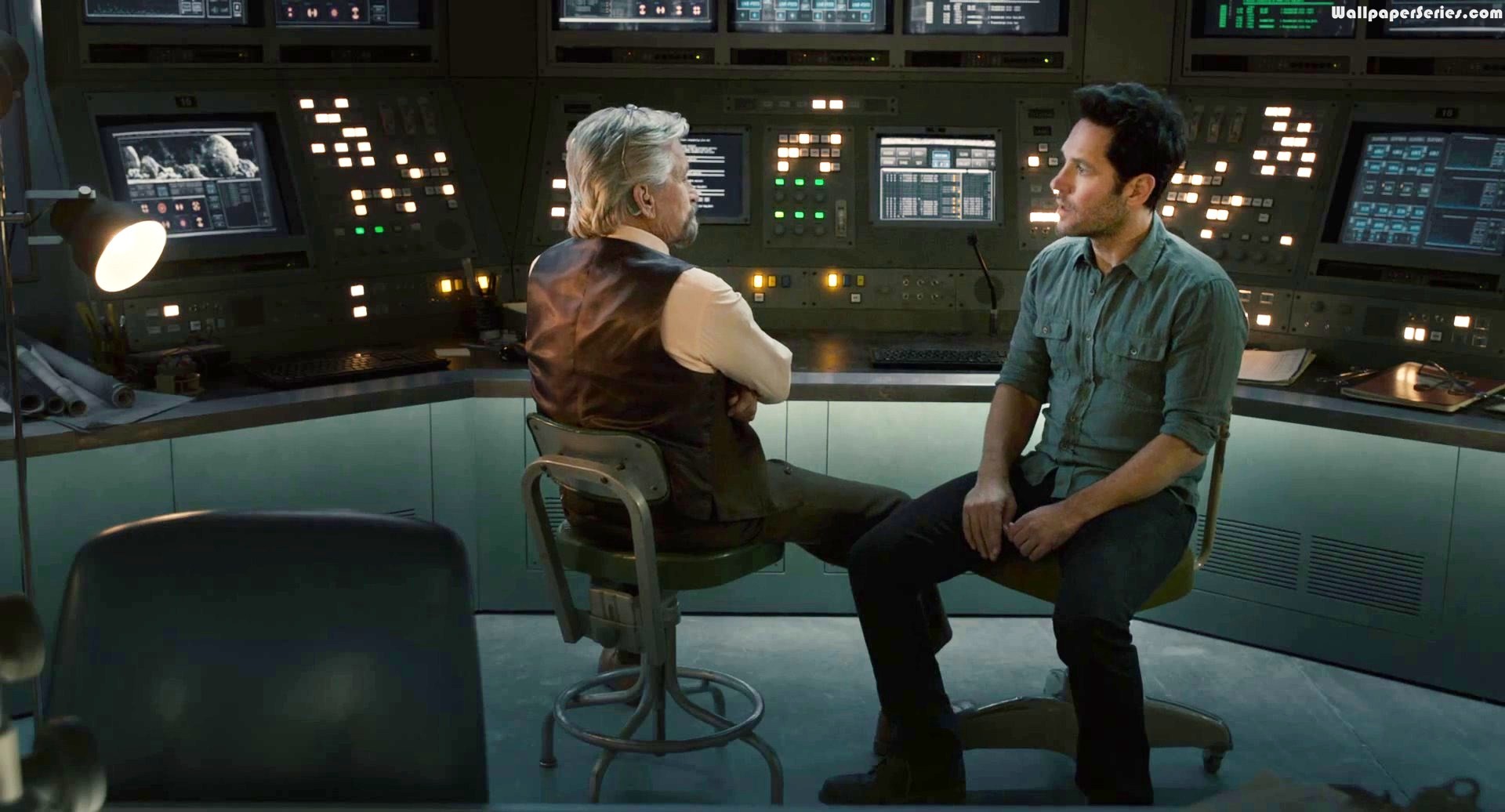
If Age of Ultron marked the limits of this shared cinematic universe, then Ant-Man is about coloring within the lines. With director Peyton Reed hired to replace Wright late in the game, and a script heavily rewritten by star Paul Rudd and temporary director Adam McKay, Ant-Man feels like an authorless text. It is the Marvel Studios machine on autopilot, taking a bunch of disparate elements and filtering them through a reliable formula to produce a perfectly adequate film. It’s all very anonymous.
Most of the other major Marvel franchises can trace some heavy influence back to some specific source material. Movies like Captain America: The Winter Soldier and Captain America: Civil War are admittedly loose adaptations of preexisting stories. Movies that aren’t tied directly to plots lifted from specific arcs are still often shaped and informed by particular runs; there’s a lot of J. Michael Straczynski’s runs in both the recent Thor and Spider-Man film series, for example.
Even the most distinctive takes on existing characters can often trace some specific influence back to the source material. The Guardians of the Galaxy movies are undeniably the work of James Gunn, but they are also rooted in the version of the team created by writers Dan Abnett and Andy Lanning. Ryan Coogler has acknowledged the influence of writers like Jonathan Hickman and Ta-Nehisi Coates on his version of Black Panther. None of these are direct adaptations, but they are part of the DNA.
This is not true of the Ant-Man movies in any meaningful way, despite the fact that the character dates back to the earliest days of the Marvel Universe. Hank Pym first appeared in January 1962, which means that he technically predates the introduction of the other founding Avengers: the Incredible Hulk (May 1962), the Mighty Thor (August 1962), Iron Man (March 1963) and the Wasp (June 1963). Hank Pym has been central to the shared universe since its earliest days.
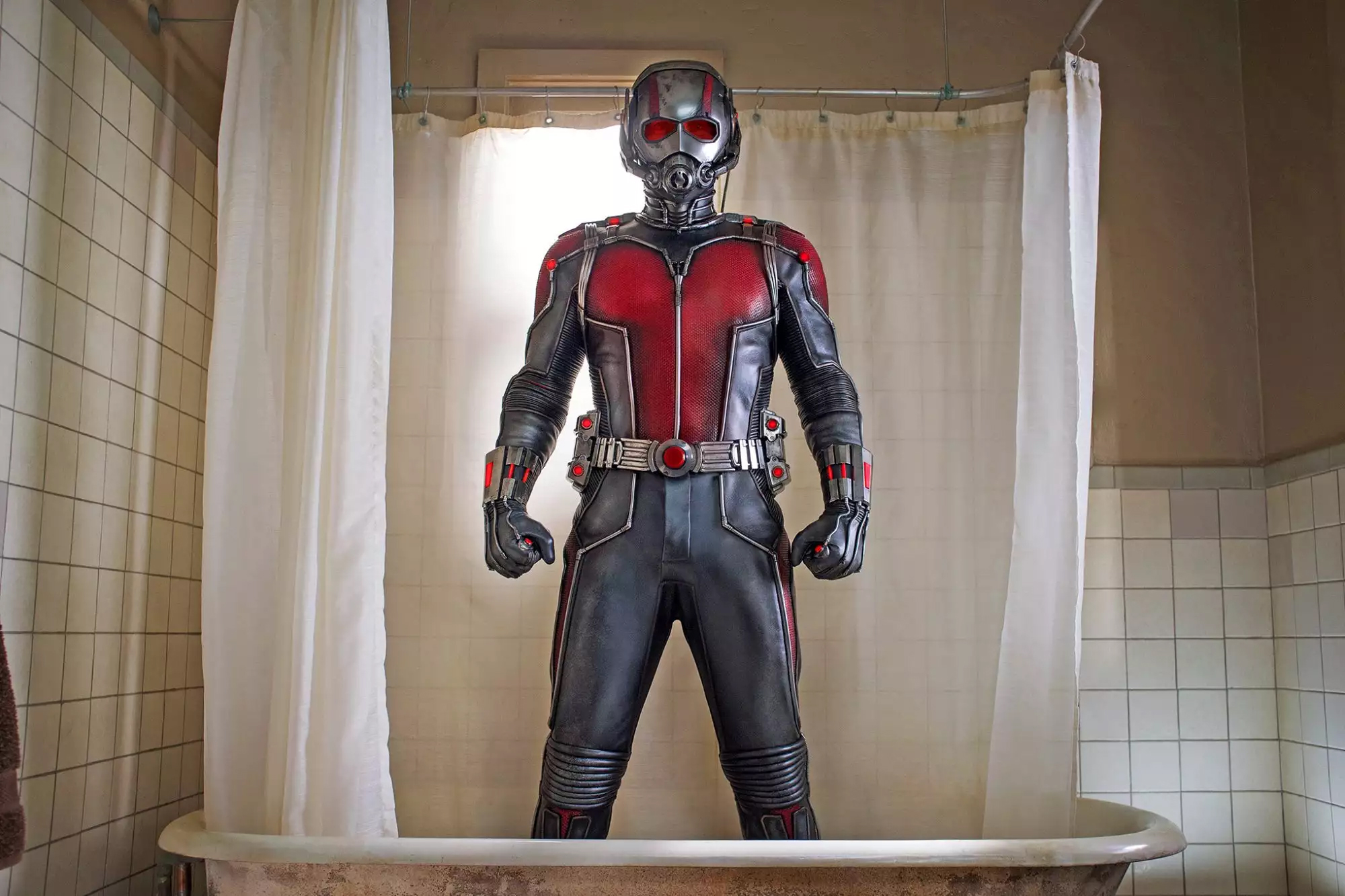
However, Pym comes with a lot of baggage. In the comics, he created the cybernetic menace known as Ultron, which has tried to wipe out all life on Earth on multiple occasions. More than that, he famously struck his wife, Janet Van Dyne, in a shocking moment in November 1981. The moment would become both a lightning rod of controversy and a defining character moment. Hank Pym would forever be defined as the comic book superhero who was also a domestic abuser.
There have been attempts to downplay this over the years. Pym’s defenders argue that he was under the influence of mind-altering chemicals. Editor Jim Shooter has insisted that the infamous panel was a result of a miscommunication between writer and artist. There have been attempts to rehabilitate Pym over the years, in comics like Dan Slott’s Mighty Avengers. There is perhaps a grim commentary in there in how quick people can be to excuse even fictional celebrities of horrific acts of abuse.
Nevertheless, despite these attempts at recovering the hero’s image, Pym remains defined by that moment. When writer Mark Millar and Bryan Hitch reimagined the Avengers mythology as the alternate continuity The Ultimates, a book which heavily inspired the MCU, they doubled down on Pym’s abuse of Janet. Even in mainstream continuity, books like Nick Spencer’s Secret Empire (quite justifiably) refuse to whitewash the character’s past, explicitly calling it out.
In the comic books, the Ant-Man legacy has always been complicated. The characters carrying the identity have always been flawed. Hank Pym was succeeded by Scott Lang, a thief who stole the costume to save a doctor who could save his child’s life. It’s not an entirely unsympathetic motivation, but it is a selfish one. Lang was in turn succeeded by Eric O’Grady, an even more unscrupulous former S.H.I.E.L.D. employee who uses the suit for theft and voyeurism.
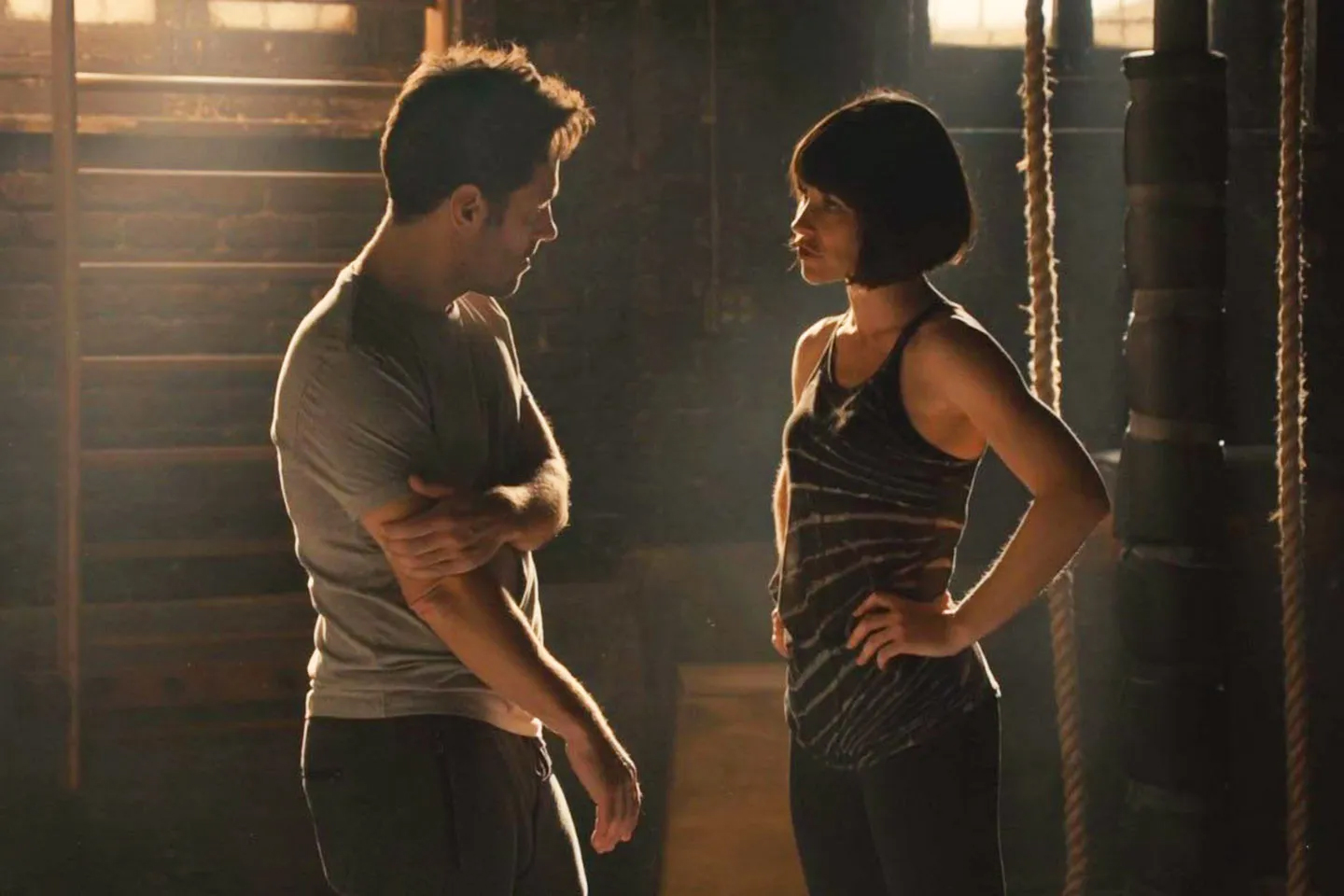
So, in comics, the Ant-Man legacy has always been somewhat complicated and tarnished. The suit is often worn by deeply flawed characters who really stretch the definition of hero. Tellingly, when Edgar Wright and Joe Cornish were developing their Ant-Man movie, they imagined going “slightly in the Elmore Leonard route,” only to discover that Marvel wanted “like a family thing.” So, naturally, all of this stuff — all the stuff that makes Ant-Man unique as a brand — was thrown out.
This is obvious from the outset. Ant-Man establishes Scott Lang (Paul Rudd) as a former convict but changes his backstory to make him more sympathetic. Lang is insistent that he was a burglar, not a thief, because burglary doesn’t involve the threat of force. The nature of his crime has also changed. The cinematic Scott Lang is not stealing for himself, but instead to force a large corporation to return the money it overcharged customers. Lang is a modern-day Robin Hood.
As such, Lang doesn’t really need a redemption story. There is no character arc for him. He is introduced as a nice guy, and he continues to be a nice guy. It’s all perfectly pleasant in the way these movies tend to be. The film also sidelines Hank Pym (Michael Douglas), casting him as a grouchy old mentor figure. To further insulate itself from Pym’s baggage, it also separates Hank from his wife Janet (Michelle Pfeiffer), revealing that she disappeared decades before the events of the film.
The result is a thorough sanding down of any rough edges. The film’s love interest, Hope van Dyne (Evangeline Lilly), isn’t even a character from mainstream comics continuity. She was introduced in a spinoff universe known as MC2. The villain of the film is Darren Cross (Corey Stoll), who adopts the persona “Yellowjacket.” Yellowjacket was Pym’s heroic identity when he struck Janet in the comics, and the comic book version of Cross would only assume the identity a year after the film came out.
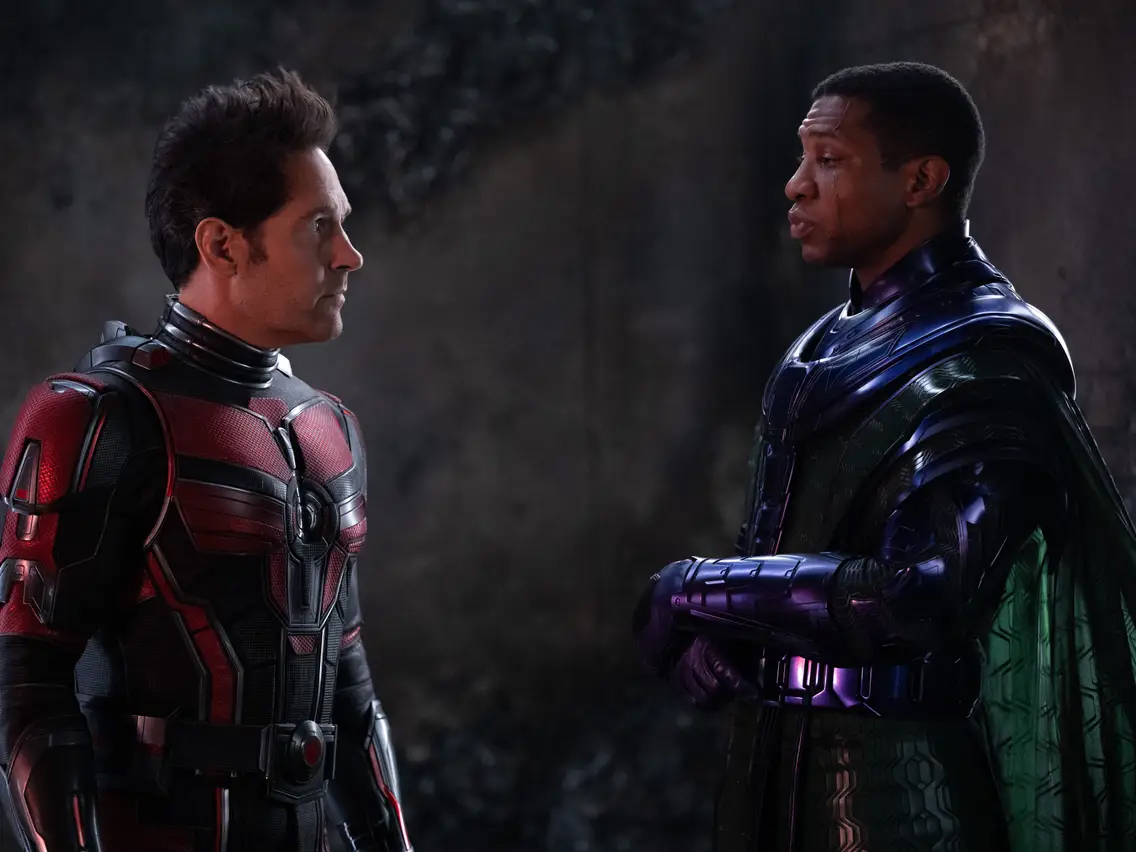
The Ant-Man movies are fascinatingly generic, a collection of Marvel tropes thrown together without any regard for how they apply to this specific character. Cross is basically another one of those generic industrialist villains who populated the Iron Man movies, like Obadiah Stane (Jeff Bridges), Justin Hammer (Sam Rockwell), or Aldrich Killian (Guy Pearce). Janet’s disappearance attempting to disarm a rocket mid-flight recalls the fate of Bucky Barnes (Sebastian Stan) in the comics.
Even the series’s big addition to the shared universe, the “Quantum Realm” that is key to the plots of Avengers: Endgame, Ant-Man and the Wasp, and the eponymous Ant-Man and the Wasp: Quantumania, is effectively another idea cribbed from a different Marvel property. During rewrites, Adam McKay and Peyton Reed latched upon using “the microverse,” a concept primarily associated with the Fantastic Four comics, which were then licensed to Fox. So it was rebranded and folded into the cinematic Ant-Man mythology.
The result is a fascinating case study in how the sausage gets made. Despite attempts to brand the first Ant-Man as “a heist movie,” it is really just a very generic entry in the shared universe. There are a few truly inspired moments — like Luis’ (Michael Peña) narrations or Lang breaking into Pym’s house — but they feel like happy coincidences rather than the result of any grand plan. Indeed, Peña thanks uncredited writers Gabriel Ferrari and Andrew Barrer for Luis’ monologues.
Ultimately, there’s a sense that the Ant-Man movies don’t really have their own identity and can be whatever the studio needs them to be in a given moment. Peyton Reed has argued that he wanted to make what was effectively a “big Avengers movie” with Quantumania, but it also feels like Quantumania is a big Ant-Man movie because that’s what Marvel needs right now. There’s an anonymity to the Ant-Man movies that isn’t true of any other set of MCU movies.
There’s undeniably an irony in all this, particularly for a studio that makes such a big deal of how much they “respect the source material.” Then again, perhaps it’s appropriate that Ant-Man has become Marvel Studios’ one-size-fits-all franchise.


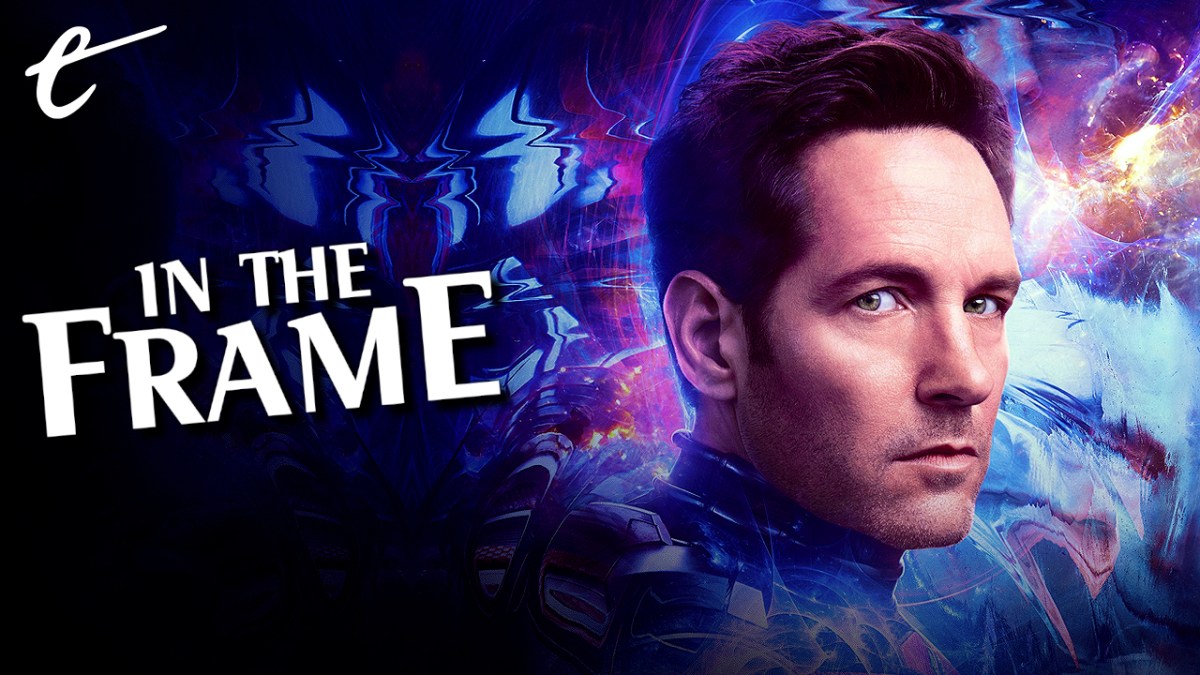




Published: Feb 13, 2023 11:00 am